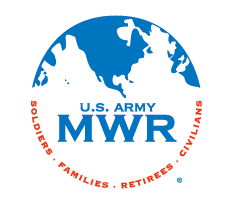Personal Belongings
Generally, there are three options for moving your household goods:
- You can have the government hire a mover
- You can move it yourself, or
- You can do a combination of the two.



